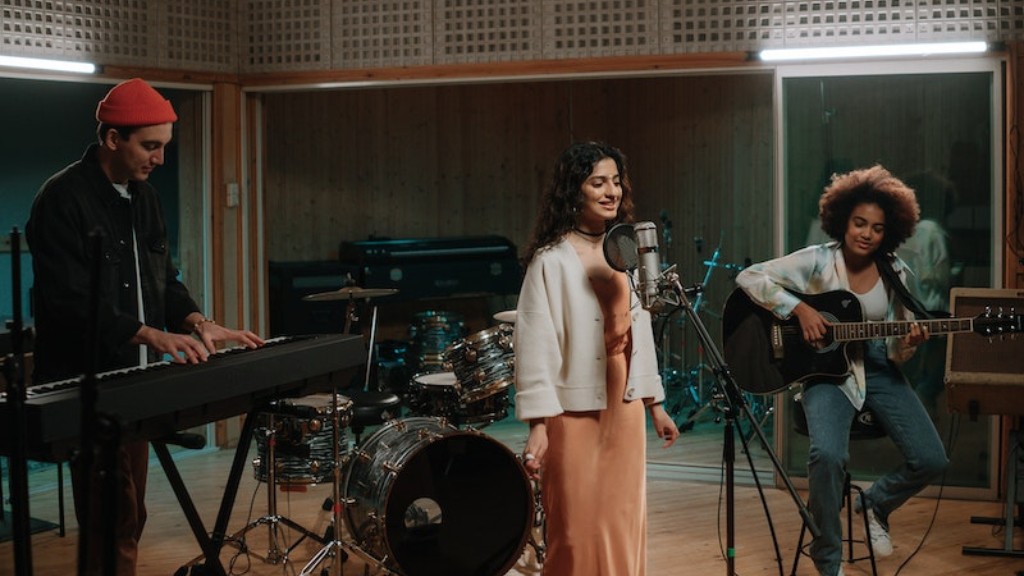The sky is the limit for airplane enthusiasts, but how do you take off on the journey to cartoon plane-creation? Drawing an airplane demands creativity, practice, and the right touch. Whether you’re an expert, a beginner, or somewhere in between, here are the steps you need to draw your own plane:
1. Start with the basics. Start with a basic shape that you can then customize, like the outline of an arrow. It’s best to draw with a pencil and erase errors as you go so you can stay flexible. You might also want to use a ruler to ensure your lines are straight. To keep things clean, you can draw lightly, to help guide you as you create.
2. Next, refine and refine. Practice your shapes, adding lines, subtle curves, and deciding on the depth and width of the fuselage. The wings should be a bit wider than the body and tapered toward the tips. The tail can be a triangle straight up, or for more advanced drawings, expand your wings to include a swept back feather.
3. Begin adding details. As you refine your design, consider details like the windows, landing gear, and propeller, or add wings and other design elements. You can customize and make the details your own, getting creative with your design.
4. Add the finishing touches. When all the details are into place, go over your outlines and redraw them with a pen or marker. Color, if desired, and use shading to bring the plane to life and give it color and definition. Spend time adding and refining details, and your cartoon plane will take off right off the paper.
Finalize and Fly!
Put the finishing touches on your plane design and locate your runway. Once you’ve perfected your masterpiece, share your creation with a friend or proudly display it for all to see. With these tips, you’ll be soaring in no time and no two flights will ever be the same. Get creative, and enjoy the journey as you take off in your own cartoon airplane.
Make it even more realistic
If you’re looking to take your aircraft design even further, add personal touches like lights and clouds to give your aircraft depth and texture. Make notes of where the light is coming from and use that information to give your plane a greater sense of realism by adding shadows to the wings and tail. You can also use textured particle effects to add an engine rumble. You can learn even further details like how to make your airplane look ripped and weathered or distressed.
Placing your plane in motion
Now the moment of truth: your plane flying through the skies! To make the most of your hard work, you’ll want to add atmosphere and dramatic flair to your creation in the form of swooping angles and clouds. This can create a rugged and exciting atmosphere for your masterpiece. You can also add smoke to the tail or exhaust of your plane for emphasis.
Trouble shooting
It’s very easy to get carried away in the details with airplane drawings, so it’s important to keep in mind the basics of the design. Make sure your proportions and balance of elements are consistent. Consider the bottom parts of the fuselage as they are obscured by the wings. Keep the wings in proportion to the rest of the body and the tail. If all else fails, take a step back and ask yourself, does the plane look like it could take off?
Have fun and remember
Going through the steps of designing and drawing your own airplane can be a fun and rewarding experience. It can be a great way to express yourself creatively, get some fresh air, and more importantly, practice drawing. Remember, drawing takes practice, and you might experience some bumps in the sky. But over time, you’ll become an expert at drawing airplanes. So buckle up your seatbelt and get ready to fly!

